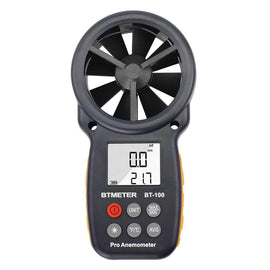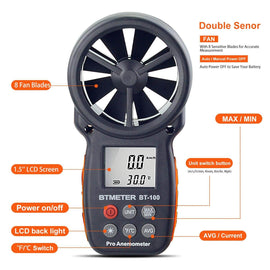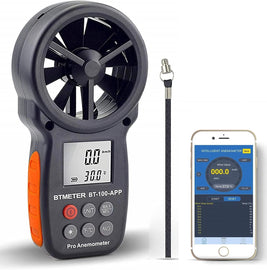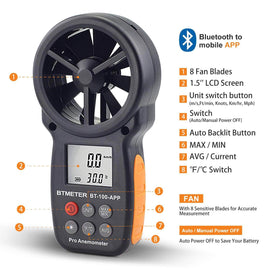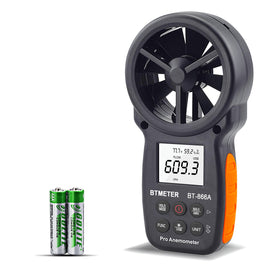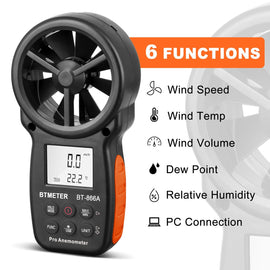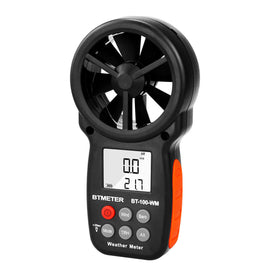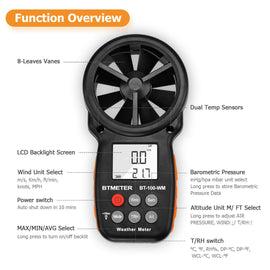Chief Differences Between a Clamp Meter and a DMM
Following are what makes a clamp meter different from a digital multimeter:
- Primarily used for DC and AC amps measurement
- Contactless quantity measurement
- Lower resolution (only till hundredth of a unit)
A clamp meter and a digital multimeter (DMM) usually go hand-in-hand as you cannot use them interchangeably for some testing applications.
Basic Components and Structure of a Clamp Meter
Before we jump into how to use a clamp meter, it is wise to first learn its basic components.
Show below is an image of a clamp meter. We will go over each component one by one.
This will make learning how to measure amps with a clamp meter a lot easier.

With respect to the image above, here is a list of major components of a clamp meter. We have mentioned parts that are exclusive to this model.
- The clamp – jaw-like structure which is wound around conductors to detect and measure current (and other quantities)
- Tactile barrier – Protects your fingers and hands from shocks
- Hold – Freezes display reading until pressed again
- Dial – Change quantity and resolution
- Display screen – Usually LCD
- Backlight button (optional)
- Min-max button – To measure the highest, lowest, and average magnitudes of quantities (available in most models)
- Inrush current button – Negates inrush current from your measurement (optional)
- Shift button – To select more functions on the dial
- Lever – Used to release the jaw
- Alignment marks – The conductor should ideally be between these two marks
- This, 13, and 14 are all input jacks
It is clear that the jaw is the biggest difference in clamp meters. Based on the model that you choose to buy,these components and functions may vary.

